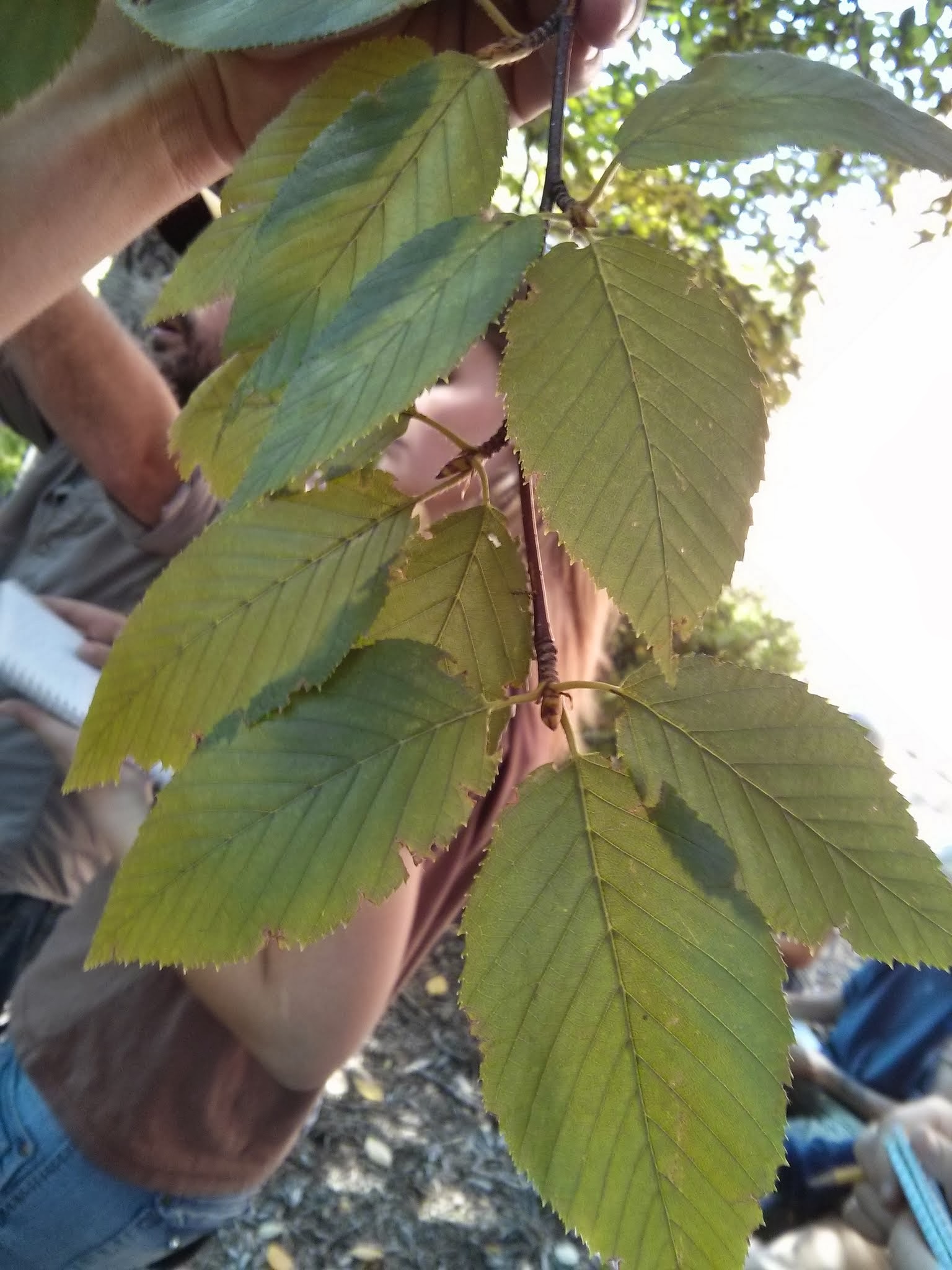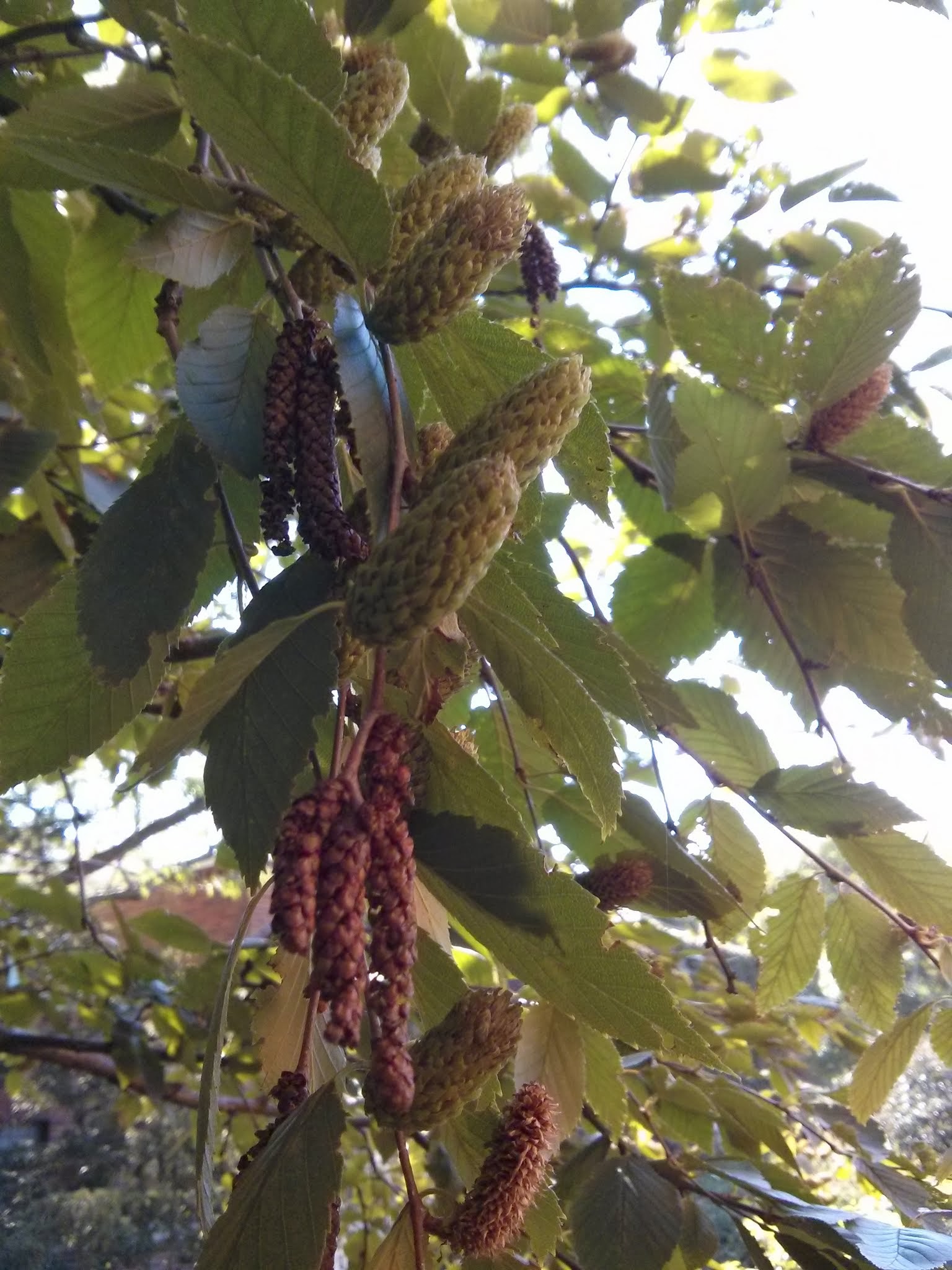Common Name: yellow birch, golden birch
Scientific Name:
Family: Betulaceae
Genus: Betula
Species: B. alleghaniensis
Hardiness Zone: 2 to 7
Height: 60 to 75 ft
Width: 50 to 75 ft
Common characteristics:
Yellow birch is the longest living native birch species, often reaching 150 years old, but can live to be 300 years old. In an open or urban setting trunks are often short and numerous forming a broad open crown. Forest-grown conditions result in tall trunks clear of lower limbs. The bark is yellow-gray to straw-like in color, and peeling into thin paper-like layers that cause a ragged appearance. Simple leafs growing alternate on the stem, 3" to 5" in length with an oval to oblong shape and deeply toothed. Leaves are dull dark green on the upper surface and paler green on the underside turns bright yellow in autumn. The leaves and twigs, when crushed will emit a wintergreen aroma. Wintergreen oil is sometimes distilled from the bark and stems of yellow birch. The fruit is a chestnut-brown winged nutlet that is contained in a cone-like catkin.
Where it grows:
Grows well over a range of soil pH. Prefers acidic soils but will tolerate alkaline conditions. Yellow birch is intolerant to salts, salt spray, and salty soils. Performs best in areas where summers are cool and there is direct full sun for 6 hours.
How it’s used:
Most commonly used as a shade tree in a yard. While these trees are often not used on the landscape they have great yellow fall color. Yellow birch’s peeling, reddish to bronze bark gives it a visual appeal even in the winter.
Ecosystem services:
Yellow birch provides a home to game birds, insect pollinators, small mammals, and songbirds.
Where it is native to:
This species is native to northern climates and would do well in Minnesota. Although hardy to Zone 7 the Chicago area is the southern range for yellow birch.
Problems:
Leaf spots and cankers may occur. Birch leaf miners and birch skeletonizers can attack this tree it does show some signs of resistance to bronze birch borer.
References:
Minnesota Department of Natural Resources

